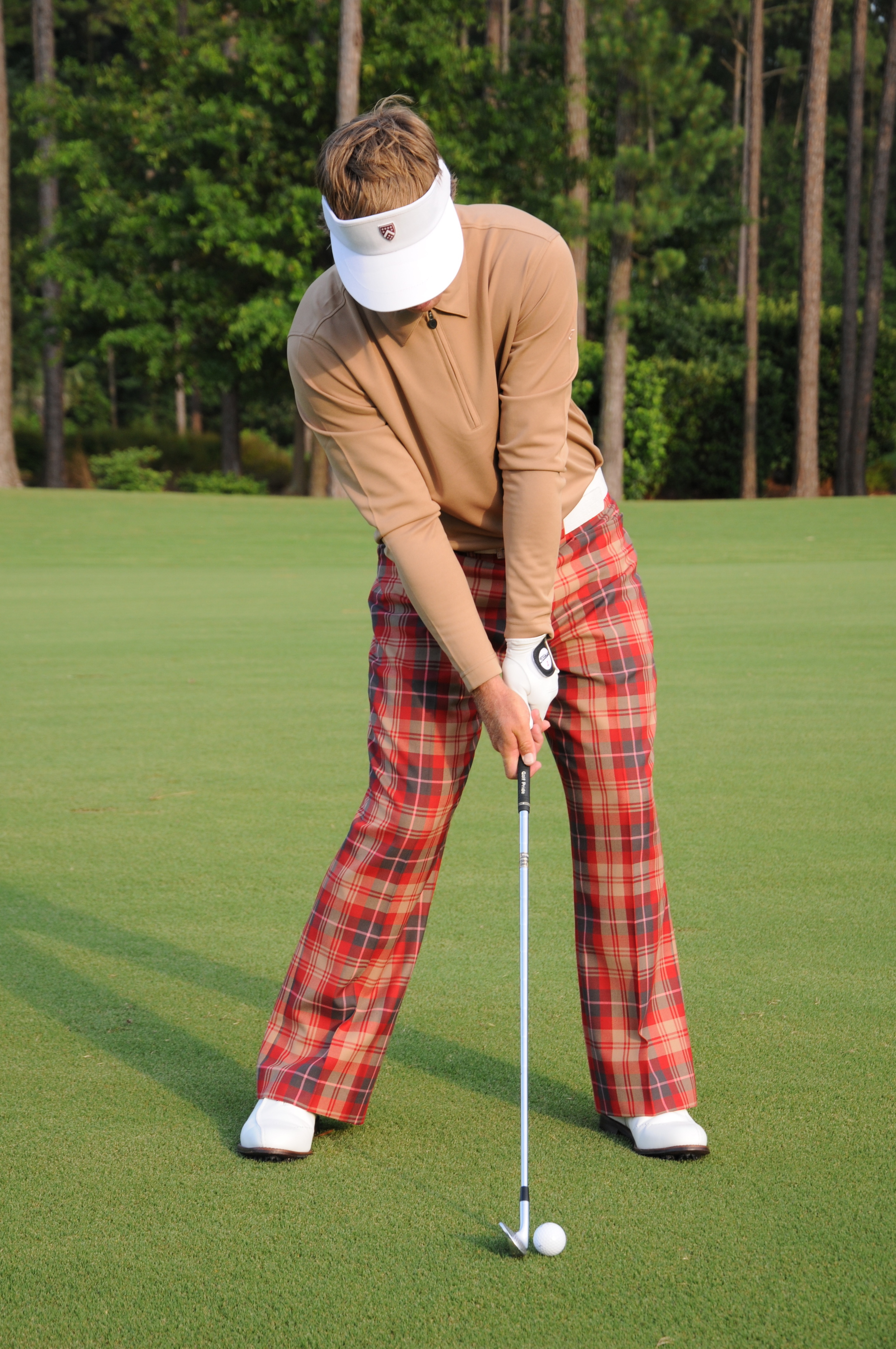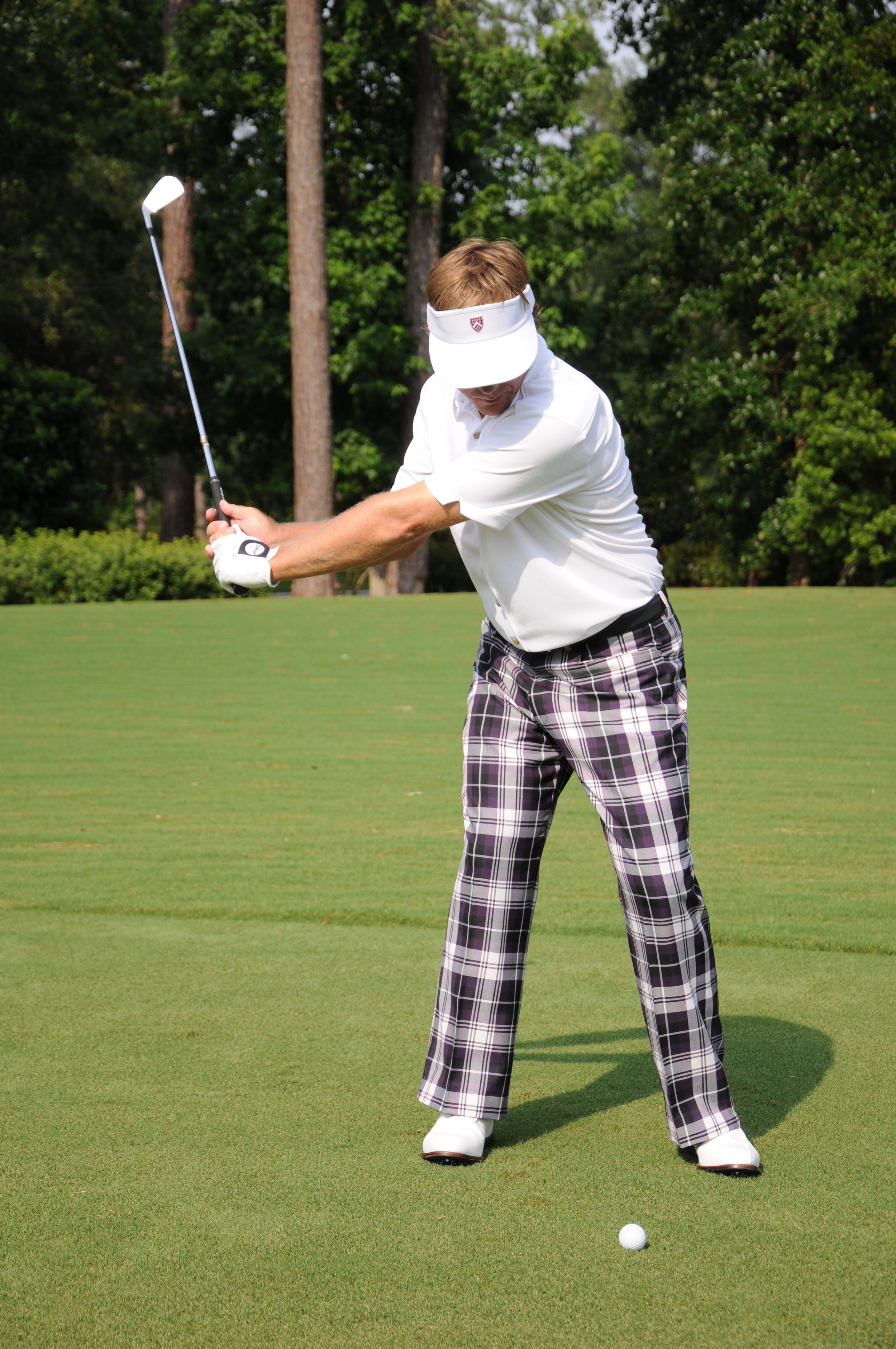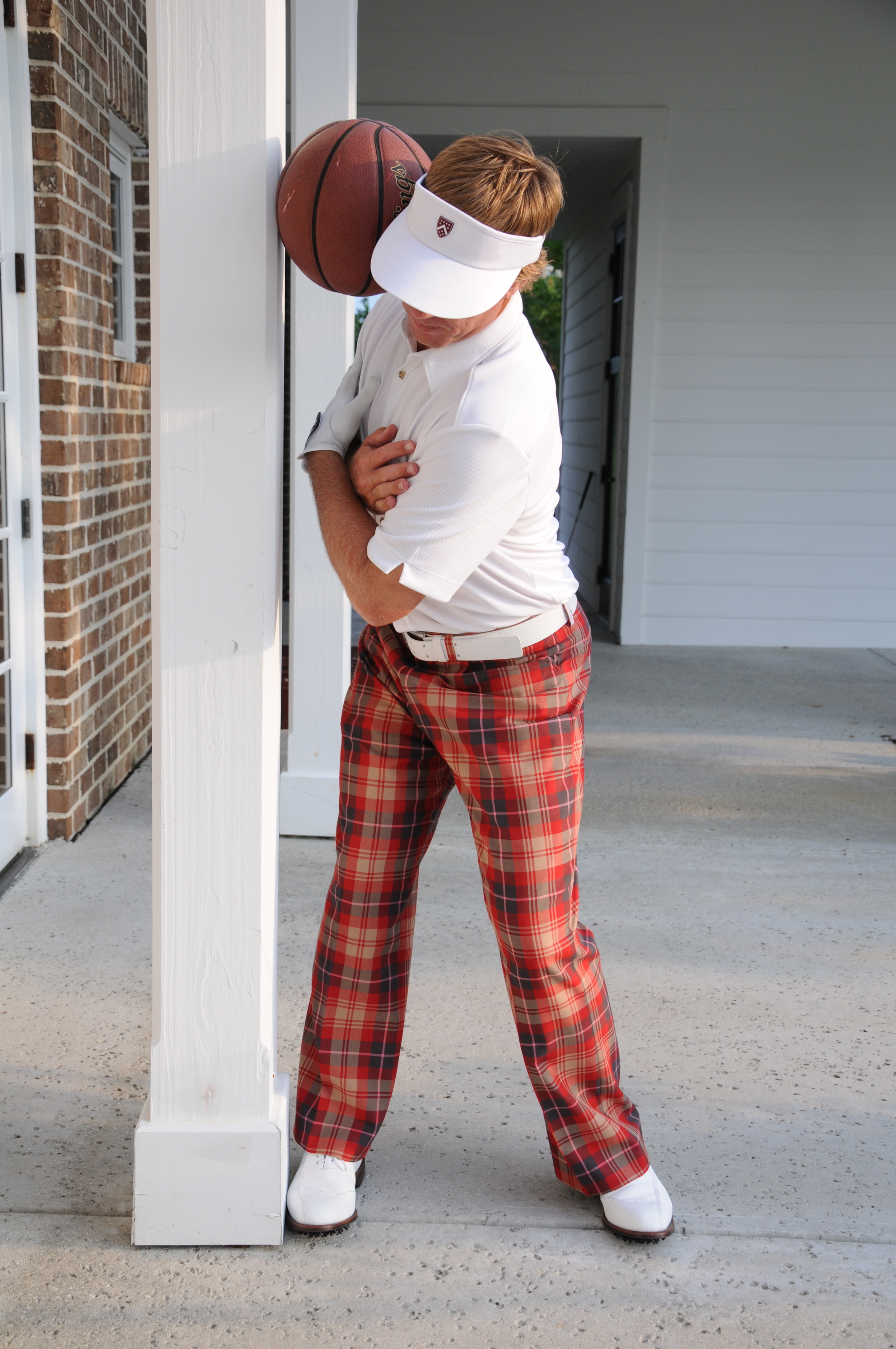Shaft Angle at Impact
/
I have included the picture of Tiger Woods from 2000 below to illustrate where most PGA Tour caliber players return the shaft to at impact. Notice how his handle is above where it started (on the red line) at address.
Two additional golfers who may get the club onto the line but I was not able to find enough quality footage on were Sam Snead and Moe Norman (I found these images on Moe HERE and it looks pretty close). Certainly no slouches in the ball striking department either!
So, the next time you are reviewing your swing, pay particular attention to your impact position, but more specifically where your shaft is at impact relative to where you had it at address. There's a good chance you'll be above the line (and zero chance you'll be below it!) but do what you can to lower the shaft angle at impact in order to dramatically improve your ball striking and accuracy. Plase check back soon as I will be filming a few drills soon to help you get closer to a truly great impact.
Read Part II of this article HERE
Any thoughts? Any other golfers who you think might get the club to the line? Evidence? Please chime in.
To learn more about better ball striking check out THIS


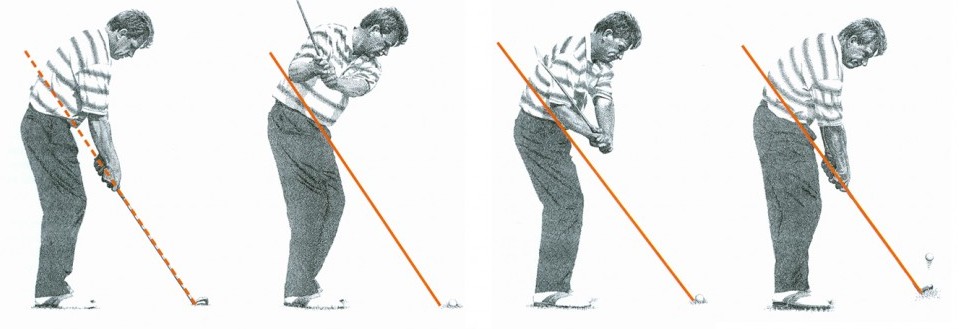




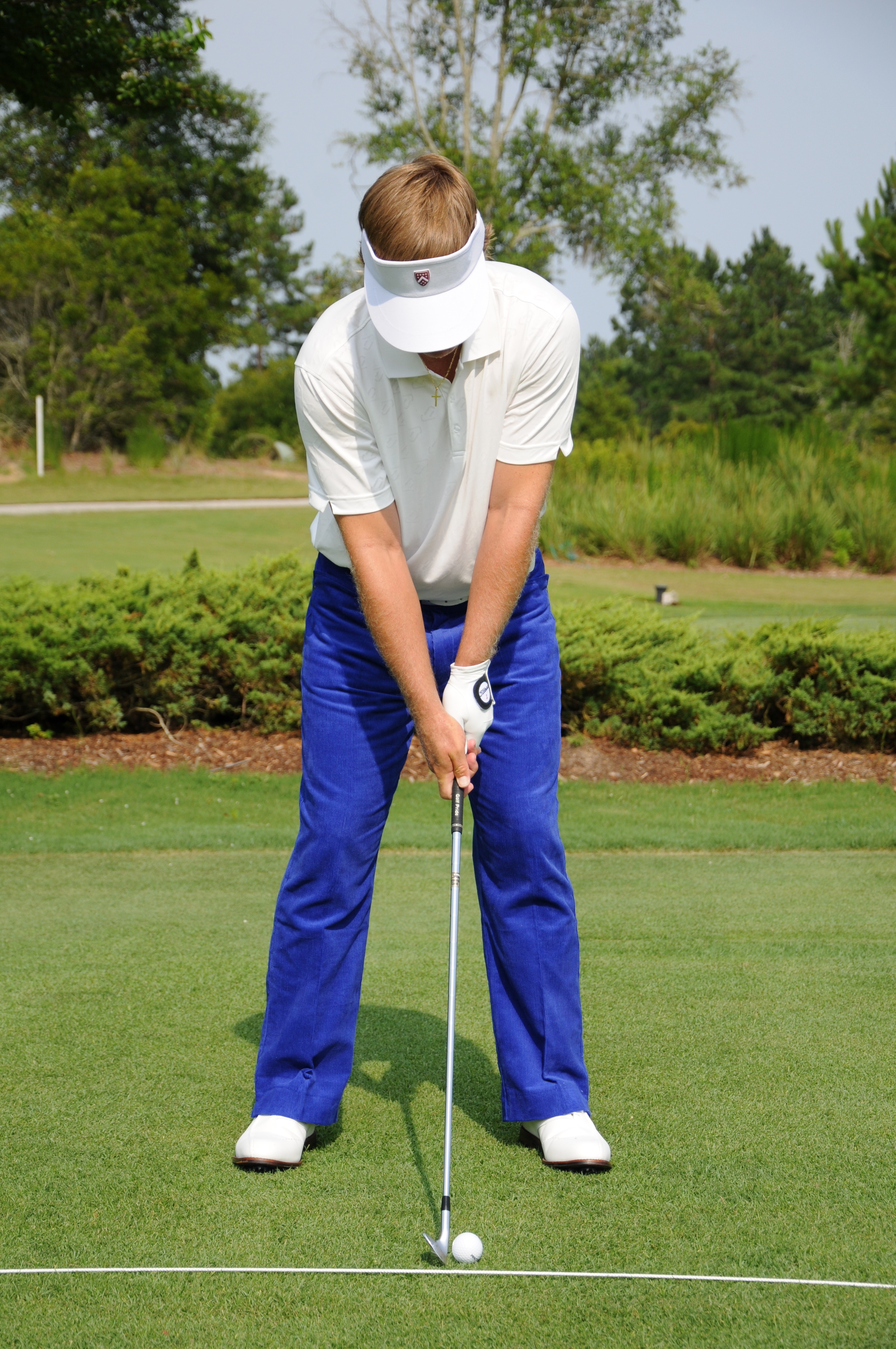
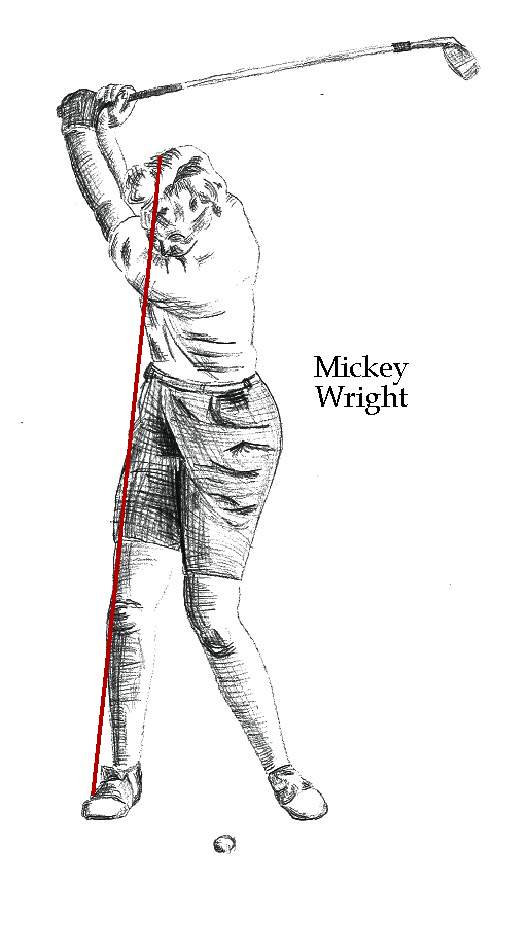 At address the head should not break the line. I noticed with golfers who had too much tilt at address this was quite prevalent and they all had a difficult time assuming the proper impact position once they had started poorly. Notice the picture below.
At address the head should not break the line. I noticed with golfers who had too much tilt at address this was quite prevalent and they all had a difficult time assuming the proper impact position once they had started poorly. Notice the picture below.